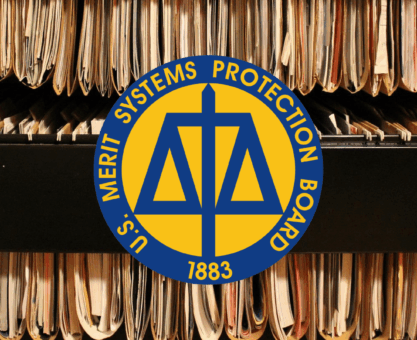The ongoing government shutdown took an unprecedented turn over the weekend as the Trump administration began issuing permanent federal layoffs, known as reductions in force (RIFs), across multiple federal agencies. Unlike the temporary furloughs that typically accompany a lapse in appropriations, these RIFs represent lasting job cuts carried out amid a funding lapse.
Thousands of Positions Targeted
Administration officials confirmed that more than 4,000 federal employees were notified that their positions were being eliminated, with cuts spanning the Departments of Health and Human Services, Education, Treasury, Commerce, Energy, Homeland Security, and the Environmental Protection Agency. The Centers for Disease Control and Prevention (CDC) was among the hardest hit. Roughly 1,300 CDC employees received termination notices, though about half were later rescinded after the agency said some were issued in error. The affected employees include specialists in public health, epidemiology, mental health, disaster preparedness, and grant administration, roles that underpin critical federal programs and services.
Legal and Procedural Uncertainty
Traditionally, shutdowns trigger furloughs, where employees are temporarily placed in a nonpay, nonduty status until funding resumes. Those workers are later restored to duty and receive back pay under the Government Employee Fair Treatment Act of 2019.
This time, however, the administration is seeking permanent reductions in the federal workforce, citing agency reorganization and efficiency goals. The move has sparked legal challenges from unions and lawmakers who argue that layoffs during a funding lapse may exceed executive authority. The American Federation of Government Employees (AFGE) and other unions have filed suits contesting the legality of the actions and calling for immediate reinstatement of affected staff.
Confusion Within Agencies
The rollout of the federal layoffs has been marked by confusion. Some employees who received RIF notices later learned they had been reinstated, while others remain uncertain about their status. At the CDC, internal messages described the weekend’s events as “destabilizing,” with staff in global health, immunization, and emergency response programs unsure how to proceed with ongoing projects.
Operational Impacts
Agency leaders warn that losing specialized staff could significantly weaken the government’s capacity to deliver essential services. Public health experts note that reductions in disease surveillance and mental health programs could hinder national preparedness and slow the delivery of state and local grants.
Even if funding is restored, rebuilding lost expertise and program continuity could take months. In the meantime, employees still on duty face heavier workloads and ongoing uncertainty about when the shutdown will end.
A Federal Retirement Consultant (FRC®) can help you understand how furloughs, federal layoffs, or early separation might affect your long-term financial plan. Having a clear strategy in place can provide greater confidence and flexibility in navigating the current landscape.

























